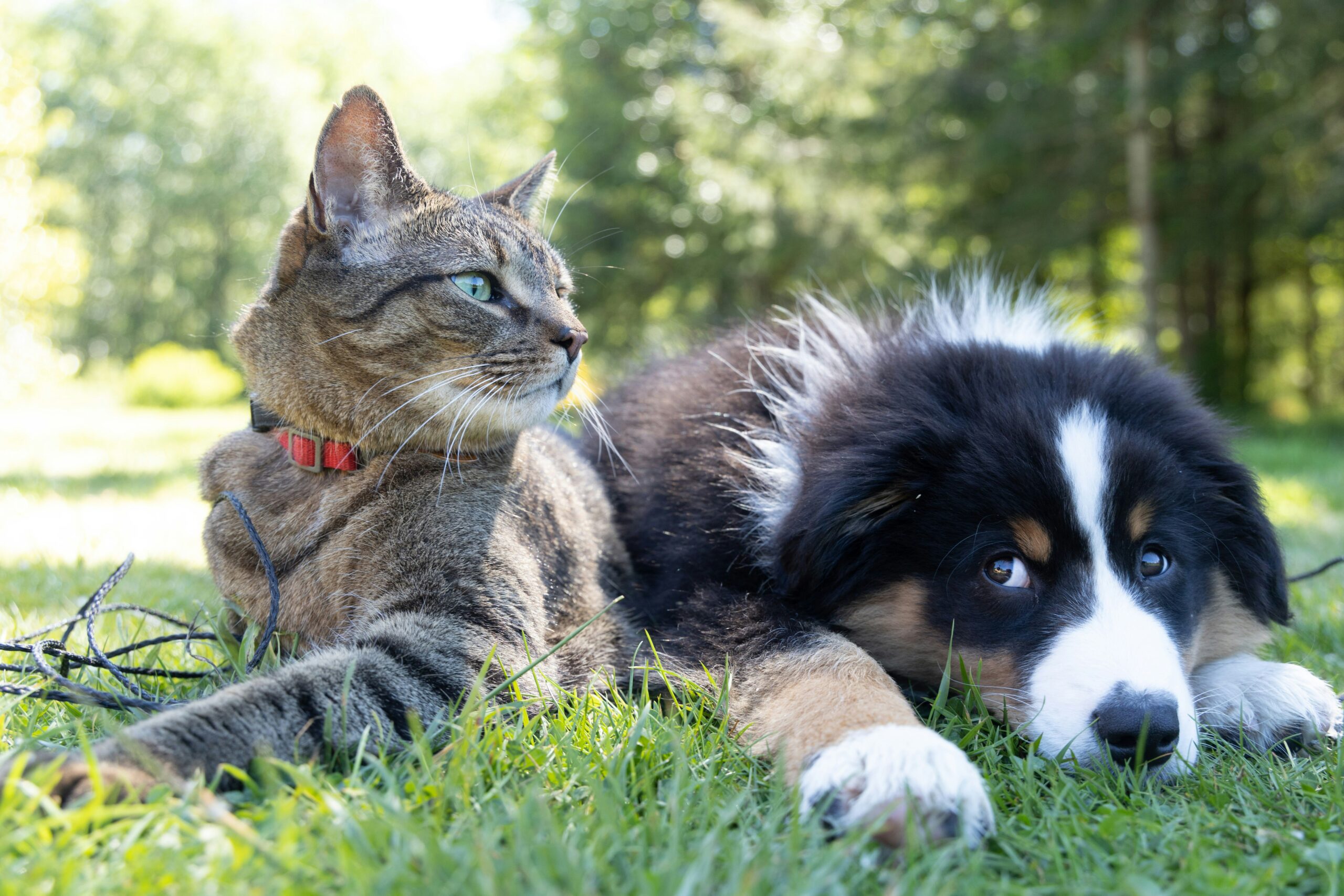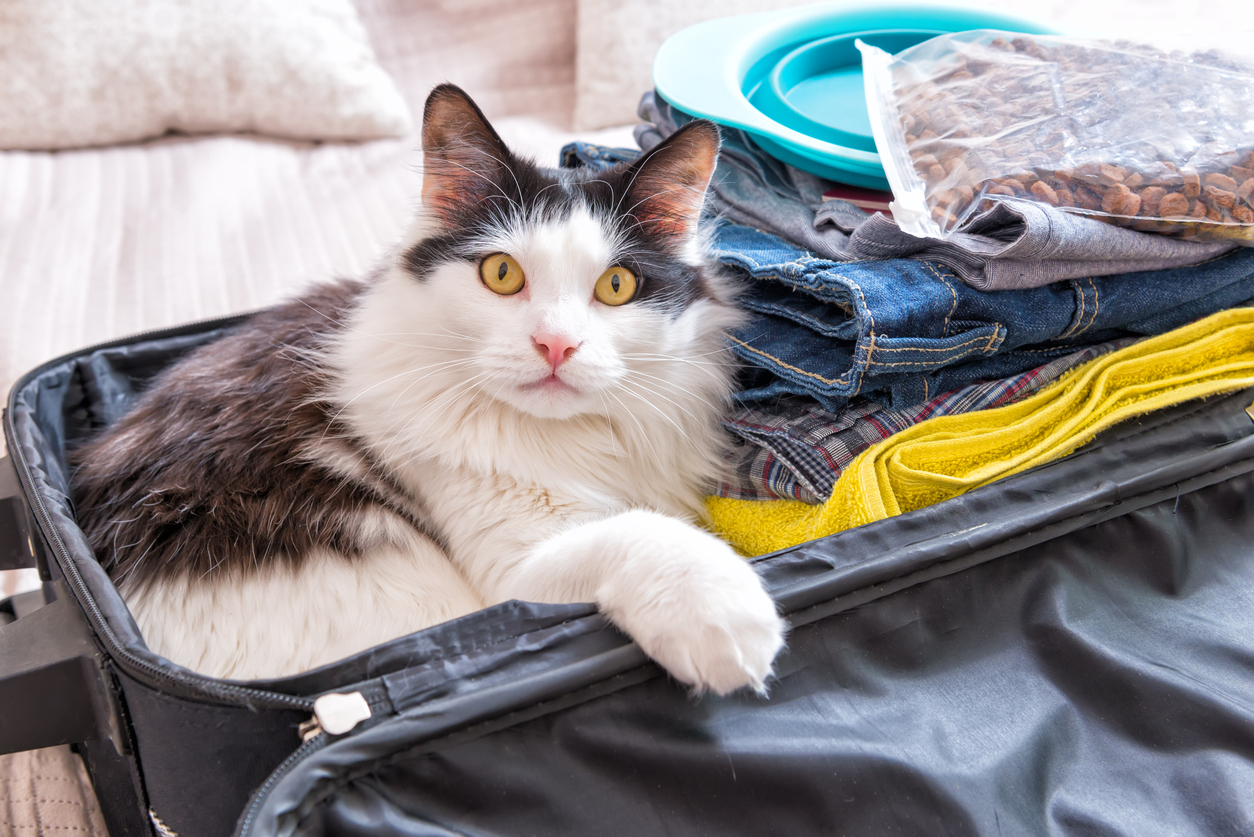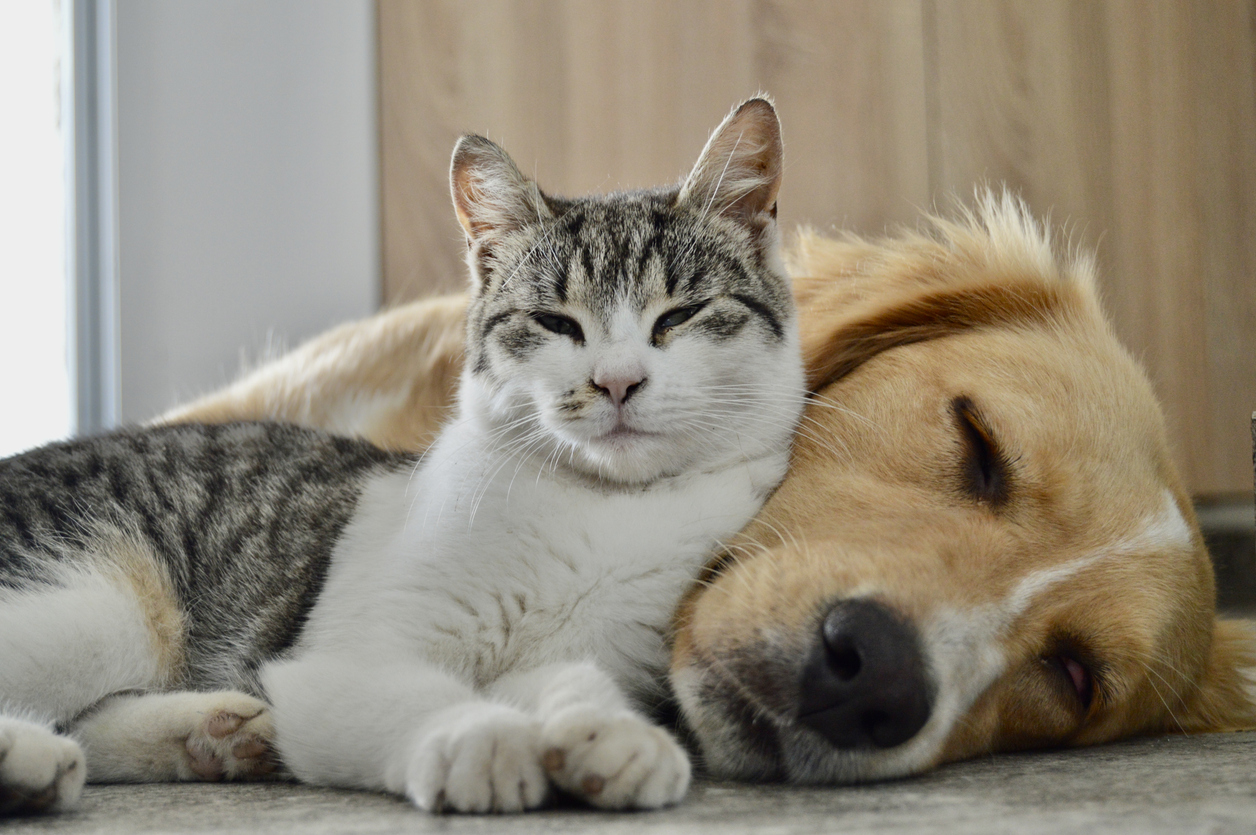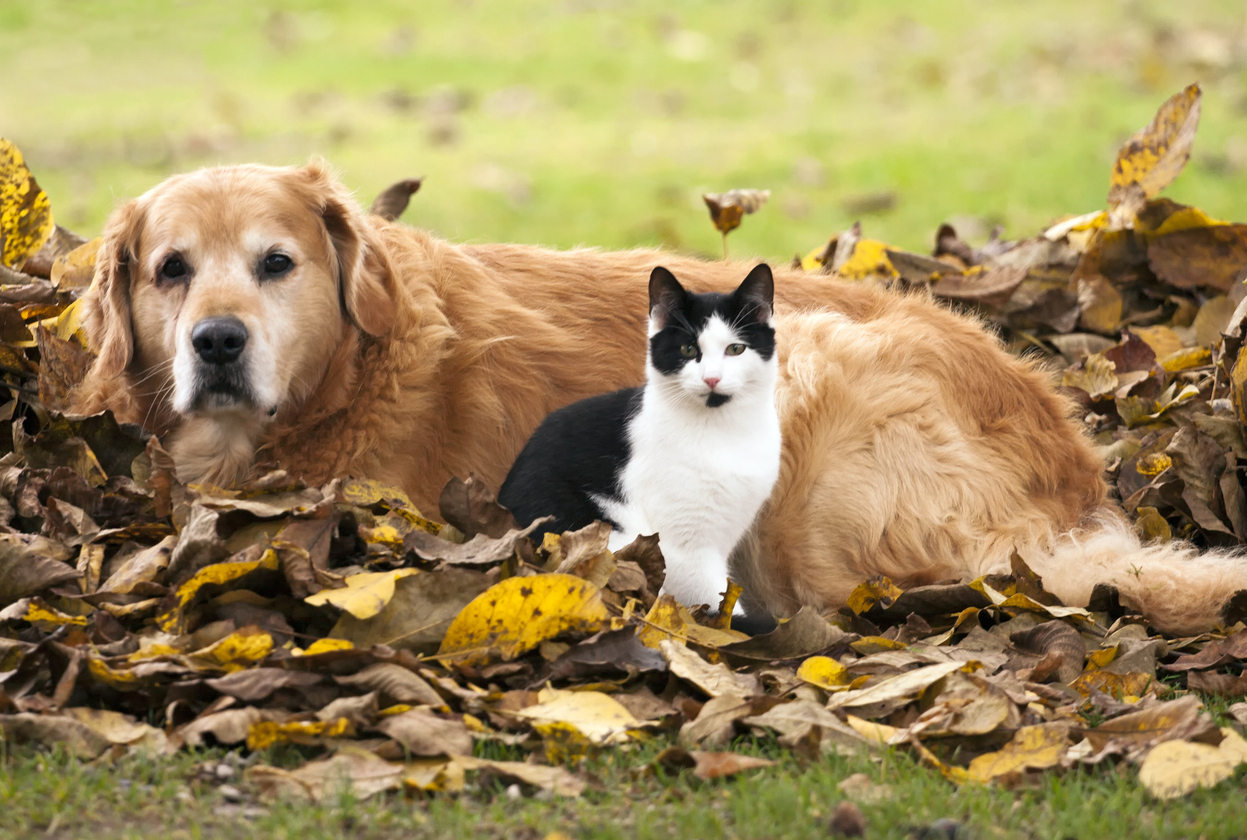As a dog owner, the safety and well-being of your furry friend is always a top priority. One often overlooked danger to dogs is the presence of poisonous plants. These plants can be found both indoors and outdoors, and it’s crucial to know how to protect your beloved pet from them. In this blog, we will discuss common poisonous plants, symptoms of poisoning, and ways to keep your dog safe.
Identifying Common Poisonous Plants
Many common household and garden plants can be toxic to dogs. Some of the most frequently encountered poisonous plants include:
- Sago Palm: Often used in landscaping and as houseplants, all parts of the Sago Palm are toxic, with the seeds being the most dangerous.
- Lilies: While beautiful, many lilies are extremely poisonous to dogs, especially the Daylily and Easter Lily.
- Oleander: Common in gardens and public parks, oleander is highly toxic and can cause severe symptoms, even in small amounts.
- Azaleas: Part of the Rhododendron family, azaleas can cause vomiting, diarrhea, and heart failure in dogs.
- Tulips and Daffodils: The bulbs of these plants are particularly harmful if ingested by dogs.
Symptoms of Poisoning
The symptoms of plant poisoning in dogs can vary depending on the plant and the amount ingested. Some common signs include:
- Vomiting
- Diarrhea
- Drooling
- Lethargy
- Seizures
- Difficulty breathing
If you notice any of these symptoms and suspect plant poisoning, contact your veterinarian immediately.
Prevention is Key
The best way to protect your dog from poisonous plants is through prevention:
Know Your Plants
Familiarize yourself with the plants in and around your home. If you’re unsure about a plant’s toxicity, consult a professional or do some research.
Dog-Proof Your Space
Keep poisonous plants out of reach. If possible, avoid having these plants in your home or garden. For outdoor dogs, ensure that your yard is free from toxic plants and consider fencing off areas with questionable vegetation.
Supervise Your Dog
Always keep an eye on your dog during walks or while they’re playing in the garden. Curious dogs may nibble on plants, so it’s important to supervise their outdoor activities.
Educate Your Family
Make sure everyone in your household knows which plants are dangerous to dogs. Educating your family can help prevent accidental poisoning.
What to Do in Case of Poisoning
If you suspect that your dog has ingested a poisonous plant, take immediate action:
- Remove any plant material from your dog’s mouth.
- Contact your veterinarian or a poison control center.
- Follow their instructions carefully.
- Do not induce vomiting unless instructed to do so.
Conclusion
Preventing plant poisoning is an essential aspect of dog care. By educating yourself about poisonous plants, dog-proofing your environment, and keeping a watchful eye, you can ensure your dog stays safe and healthy. Remember, if you ever suspect your dog has ingested a toxic plant, immediate veterinary attention is crucial. Keep your dog happy and healthy by staying informed and proactive!




